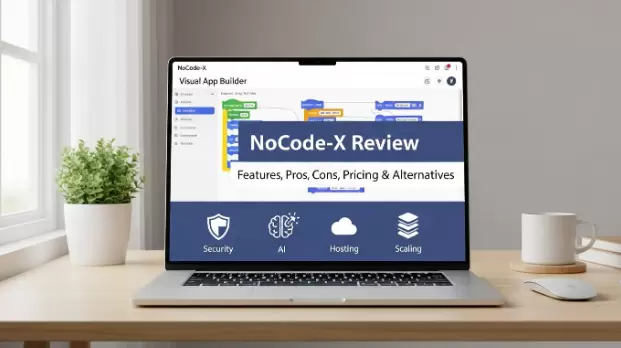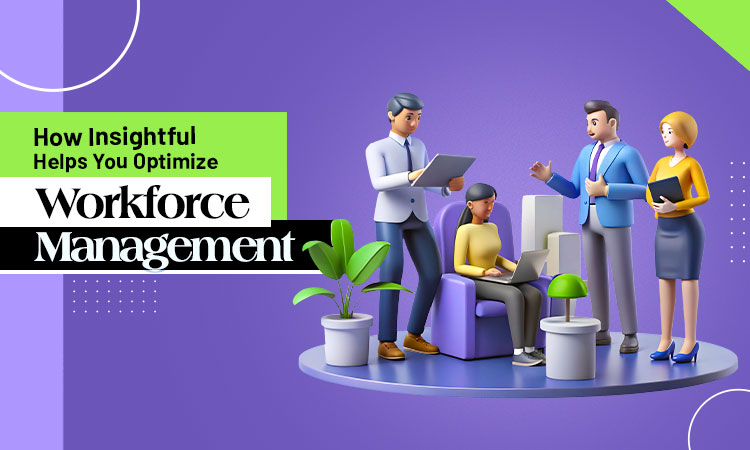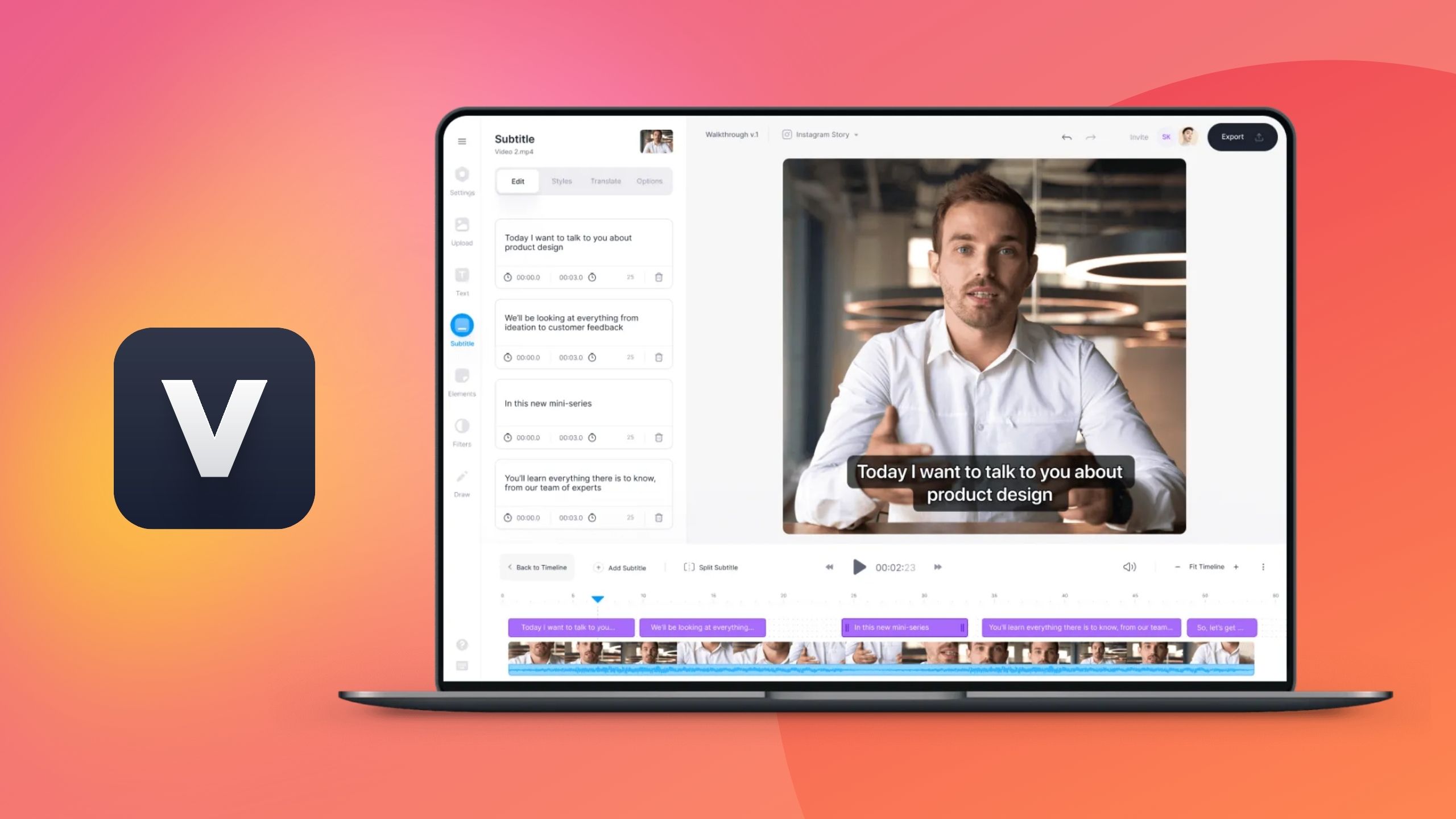When Sarah Chen left her position as a senior product manager at a mid-sized tech company, her departure was marked by the usual exit interview, return of company property, and well-wishes from colleagues. Three years later, she recommended two exceptional candidates who became top performers, facilitated a partnership worth millions, and still championed her former employer's brand across her professional network. Sarah wasn't an anomaly, she was exactly the kind of alumni advocate that forward-thinking companies are learning to cultivate.
In boardrooms across the globe, executives obsess over customer retention, employee engagement, and brand loyalty. Yet one of the most powerful networks available to any organization, its alumni community, often goes completely untapped. The traditional mindset treats employee departure as the end of a relationship, when in reality, it should mark the beginning of a different, potentially more valuable chapter.
The numbers tell a compelling story. Research shows that alumni networks can drive up to 30% of new hires at some organizations, reduce recruitment costs by half, and create business development opportunities that would otherwise require significant marketing investment. Beyond the measurable ROI, alumni represent something intangible but equally important: authentic brand ambassadors who understand your culture from the inside out.

The Evolution of the Employment Relationship
The employment landscape has undergone seismic shifts over the past two decades. Gone are the days when workers expected to spend their entire careers at a single company, climbing a predictable ladder from entry-level to executive suite. Today's professionals view their careers as portfolios of experiences, each role contributing to their broader expertise and market value.
This shift initially caused anxiety among employers who worried about losing institutional knowledge and training investments. But progressive organizations began recognizing an opportunity hiding in plain sight: if people were going to leave anyway, why not maintain relationships that could benefit both parties long after the goodbye lunch?
The concept isn't entirely new. Elite universities have leveraged alumni networks for centuries, creating powerful ecosystems of mutual support, opportunity sharing, and institutional loyalty. What's changed is the recognition that corporations can and should adopt similar strategies. The difference is that corporate alumni networks serve more immediate, business-focused purposes alongside the softer benefits of community and connection.
Beyond Boomerang Hiring: The Multi-Dimensional Value of Alumni
When most companies think about former employees at all, they focus narrowly on boomerang hiring, bringing talented people back after they've gained experience elsewhere. While rehiring strong performers is valuable (and often more cost-effective than external recruitment), it barely scratches the surface of what an engaged alumni community can provide.
Consider the intelligence-gathering potential. Your alumni work across industries, geographies, and functions. They attend conferences, observe emerging trends, and develop insights that could inform your strategy. A well-maintained alumni network essentially gives you thousands of additional eyes and ears monitoring market developments, competitive movements, and talent dynamics.
Then there's business development. Former employees who had positive experiences become organic advocates, recommending your products or services within their new organizations. They understand your value proposition intimately and can articulate it with credibility that no marketing campaign can match. Some companies report that alumni-generated leads convert at rates two to three times higher than traditional prospecting efforts.

The talent pipeline benefits extend beyond boomerang hiring. Alumni who've moved into leadership positions at other organizations become valuable sources for referrals, providing access to passive candidates who aren't actively job hunting but might be open to the right opportunity. These warm introductions typically result in faster, more successful recruitment than cold outreach.
Building the Foundation: What Makes Alumni Networks Work
Creating an effective alumni network requires more than simply maintaining an email list of former employees. The most successful programs share several key characteristics that distinguish them from token gestures.
First, they start with the right mindset. Companies that excel at alumni engagement view former employees as graduates of their organizational academy, not as defectors or losses. This philosophical shift influences everything from how departures are handled to how much investment goes into post-employment relationship building.
Second, they provide genuine value. Alumni will disengage quickly if the network feels like a thinly veiled recruitment tool or marketing channel. The best programs offer career development resources, exclusive content, networking opportunities, and professional support that members actually want. When organizations give generously to their alumni community, reciprocity follows naturally.
Third, they embrace technology thoughtfully. While platforms and tools matter, and leveraging established EnterpriseAlumni alumni engagement tools can provide structure and scale, technology should enable human connection rather than replace it. The goal is creating a living community, not building a database.
Fourth, they secure executive sponsorship. Alumni programs that operate in HR silos with minimal budget and attention rarely achieve meaningful impact. When C-suite leaders actively participate, share updates, and demonstrate genuine interest in maintaining relationships with former employees, the entire organization takes notice and the network gains credibility.

Designing Your Alumni Experience: From Offboarding to Ongoing Engagement
The alumni experience actually begins before someone walks out the door for the last time. Progressive companies are redesigning their offboarding processes to plant seeds for future relationships rather than simply completing administrative tasks.
Exit interviews become exit conversations, genuine dialogues about the departing employee's experience, future plans, and potential ways to stay connected. Rather than treating these sessions as obligatory checklists, smart organizations use them to learn, improve, and begin transitioning the relationship to alumni status.
The first 90 days after departure prove critical. This is when former employees are adjusting to new environments, potentially experiencing buyer's remorse, and most receptive to maintaining ties with their previous employer. Thoughtful companies reach out during this window, not to recruit them back, but to check in, offer support, and demonstrate continued interest in their success.
Ongoing engagement requires understanding that different alumni segments want different things. Recent graduates of your company might value mentorship and career advice. Mid-career alumni could be interested in business development opportunities or industry insights. Senior alumni might appreciate exclusive briefings on company strategy or invitations to advisory roles. Segmentation allows you to provide relevant value rather than generic communications that get ignored.
Events and programming should balance professional development, networking, and social connection. Virtual and in-person gatherings each have advantages. Online sessions provide accessibility and scalability, while physical events create deeper bonding and more memorable experiences. The most effective programs offer both, recognizing that different occasions call for different formats.
The Content Strategy: Staying Relevant Without Overwhelming
One of the most common ways alumni programs fail is through communication missteps, either staying silent too long or overwhelming former employees with irrelevant messages. Finding the right balance requires strategic thinking about what to share, when to share it, and through which channels.
Your alumni probably don't need weekly newsletters, but quarterly updates about significant company developments, industry insights, or professional development opportunities might resonate. The content should position your organization as a valuable resource, not just a source of job postings or corporate propaganda.
Consider creating exclusive content specifically for alumni: behind-the-scenes perspectives on strategic decisions, candid conversations with leadership about challenges and opportunities, or early access to thought leadership before it goes public. This exclusive access reinforces the value of staying connected while making alumni feel like trusted insiders.

User-generated content can be even more powerful than corporate communications. Highlighting alumni success stories, facilitating peer-to-peer knowledge sharing, and creating forums where former employees can seek advice from each other builds community organically. When alumni see their peers gaining value, they're more likely to engage themselves.
Social media integration extends your reach and keeps the conversation flowing between formal communications. A private LinkedIn group or dedicated Slack channel allows for real-time interaction, question-asking, and spontaneous connection. These platforms work best when moderated lightly, present enough to prevent spam or inappropriate content, but hands-off enough that authentic community develops.
Measuring What Matters: The ROI of Alumni Investment
CFOs and board members naturally want to know whether investing in alumni networks produces tangible returns. While some benefits remain difficult to quantify, forward- thinking organizations have developed frameworks for measuring alumni program impact.
Recruitment metrics provide some of the clearest data. Track what percentage of new hires come through alumni referrals or direct rehires. Calculate the cost-per-hire for alumni-sourced candidates versus traditional recruiting channels. Measure time-to-fill and retention rates for these hires. The numbers often make a compelling case for continued investment.
Business development tracking requires more nuanced approaches. While you can measure revenue from deals where alumni played a documented role in the introduction or sale, capturing the full influence is trickier. Some companies use attribution models similar to marketing analytics, assigning partial credit when alumni touched the opportunity at any point.
Brand value and reputation metrics offer another lens. Monitor sentiment analysis of how alumni discuss your organization online. Track employee referral program participation rates. Survey current employees about whether your reputation among former employees influenced their decision to join. These indicators help quantify the employer brand benefits.
Engagement metrics themselves tell an important story. Active participation rates in alumni events, content consumption analytics, and response rates to outreach all signal whether your program is creating genuine value or simply going through motions. Declining engagement should trigger program reassessment, not just more aggressive outreach.
Navigating the Challenges: What Can Go Wrong and How to Prevent It
Despite the compelling benefits, alumni programs face predictable obstacles that can derail even well-intentioned efforts. Awareness of these pitfalls helps organizations avoid them or recover quickly when issues arise.
Privacy and data management concerns top the list. You can't simply transfer employee contact information to an alumni database without proper consent and compliance with regulations like GDPR. Clear policies about data usage, retention, and member rights are essential, as is giving alumni control over how much information they share and what communications they receive.
The perception of favoritism can create issues. If your alumni program appears to benefit primarily senior leaders or certain departments, engagement will suffer. Ensuring equitable access to opportunities, events, and resources across all alumni segments, regardless of tenure, title, or reason for departure, maintains program integrity and broad participation.
Negative alumni pose a particular challenge. Not every departure is amicable, and former employees with grievances might use alumni platforms to air complaints or damage your reputation. While you can't prevent all criticism, having clear community guidelines, moderation protocols, and approaches for addressing legitimate concerns helps manage these situations professionally.
Resource constraints limit what many organizations can accomplish, particularly in the early stages. Starting smaller with a pilot program focused on specific alumni segments or geographic regions allows you to demonstrate value before seeking larger investments. Many successful programs began with minimal budget and grew as they proved their worth.
The Future of Work and the Alumni Advantage
As the nature of work continues evolving, the line between current employees and alumni will likely blur further. The rise of contract work, project-based engagements, and portfolio careers means people might cycle in and out of relationships with your organization multiple times throughout their professional lives.
Companies that maintain strong alumni networks position themselves advantageously for this future. They'll be able to tap into a flexible talent pool of trusted former employees for project work, interim roles, or advisory positions. They'll have established channels for re-engagement when circumstances change and boomerang opportunities emerge naturally.
The generational shift also favors robust alumni strategies. Younger workers expect to change jobs more frequently than their predecessors, but they also value community and ongoing relationships with organizations where they've invested time and energy. Meeting these expectations requires infrastructure that supports connection beyond the traditional employment boundary.
Technology will continue enabling new forms of alumni engagement. Virtual reality networking events, AI-powered matching between alumni with complementary needs and capabilities, and blockchain-verified credentials that alumni can leverage throughout their careers are all on the horizon. Early adopters of these innovations will differentiate themselves in talent markets.

Taking the First Steps: Your Alumni Network Action Plan
If you're convinced of the value but unsure where to begin, start by assessing your current state. Do you have any alumni engagement happening informally? Are there enthusiastic champions within your organization who could help build a program? What existing platforms or tools could be repurposed for alumni connection?
Begin with a pilot focused on a specific group, perhaps employees who left within the past two years, or alumni in a particular geography or function. Test different engagement approaches, gather feedback, and iterate based on what you learn. Starting small allows you to refine your strategy before scaling.
Secure at least informal executive sponsorship by presenting the business case: reduced recruiting costs, potential business development opportunities, and enhanced employer brand. Even if you can't get a significant budget initially, visible leadership support lends credibility and opens doors.
Finally, remember that authentic relationship building takes time. Don't expect immediate ROI or full participation from day one. The most successful alumni programs are those that take a long-term view, consistently providing value, and allowing the community to develop organically over months and years rather than weeks.
Conclusion: From Transaction to Transformation
The shift from viewing employment as a transaction to recognizing it as part of an ongoing relationship represents more than just clever HR strategy. It reflects a fundamental reorientation toward how organizations create value in an increasingly networked economy.
Your alumni are out there right now, talking about your company, encountering opportunities that could benefit you, and deciding whether to remain ambassadors or simply move on completely. The relationships you maintain with them, the value you provide, and the community you build will determine which path they choose.
Every employee who walks out your door is either a lost opportunity or an extended member of your organizational ecosystem. The difference comes down to intention, investment, and infrastructure. Companies that get this right won't just fill positions faster or win more business, they'll create self-reinforcing networks of mutual benefit that compound in value over time.
The question isn't whether you can afford to invest in alumni engagement. It's whether you can afford not to. In a world where talent is mobile, networks are powerful, and authentic advocacy is priceless, your former employees might be the most undervalued asset on your balance sheet. The only question left is what you're going to do about it.


 Table of Content
Table of Content










